Just as not every individual contributor will be a fantastic manager, not every leader will be a fantastic teacher. Fortunately, these are skills that can be developed and there are rules of thumb that can be applied to ensure that content experts can jump into the role of inspiring and engaging a new generation of folks in their area of expertise.
Here are a few of the common mistakes we see leaders fall into when creating learning experiences.
Read More


















